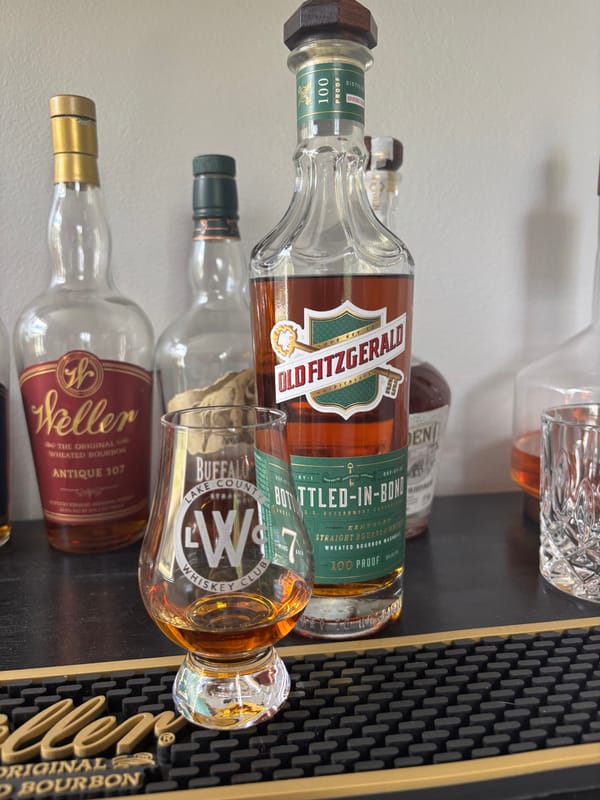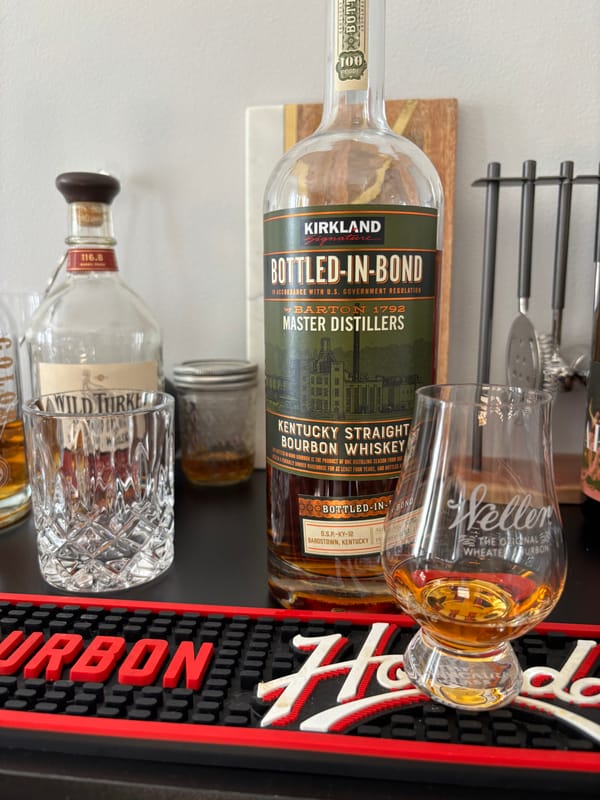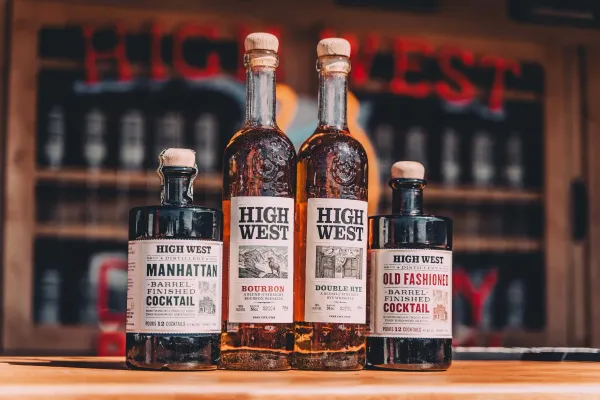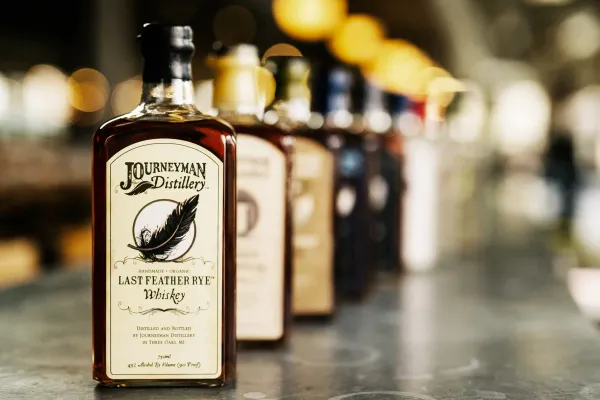Whiskey’s Grain Code: The Flavor Key You’ll Wish You’d Cracked Earlier

Grain Influence: The Whiskey Truth You Can’t Ignore
Whiskey’s soul starts with grain—if you don’t know how it shapes every bottle, you’re sipping blind. Corn, rye, wheat, barley—each plays a role, and it’s all locked in by law. Here’s the undeniable truth about whiskey’s grain impact, straight from the rules, and why it’s your 2025 must-know.
What Grains Define Whiskey?
U.S. law sets the stage: bourbon needs at least 51% corn, rye whiskey demands 51% rye, and wheat whiskey requires 51% wheat—all distilled to 160 proof max, barreled at 125 proof max, and bottled at 80 proof minimum in new charred oak. Barley is a supporting player often used to aid fermentation. Every whiskey’s mash bill—the grain recipe—starts here, with no exceptions.
How Grains Shape the Process
The mash begins with milling grains into flour, mixing with water, and heating to 180-200°F to break starches into sugars over hours. Yeast ferments this into an 8-10% ABV liquid across three to five days, then distillation refines it. Corn adds body, rye brings bite, wheat softens, and barley smooths—each grain’s chemistry drives the flavor foundation before oak takes over.
What Grains Mean for Your Sip
Corn delivers sweetness—think caramel or vanilla—dominating bourbon’s profile. Rye spikes it with pepper or cinnamon, defining rye whiskey’s edge. Wheat offers a creamy, mellow touch, while barley lends a subtle maltiness. Every bottle reflects its mash bill—law ensures the grain’s truth shines through, no additives allowed.
Why Grains Matter in 2025
Grains aren’t just filler—they’re whiskey’s DNA. By 2025, knowing their role unlocks every sip’s story—sweet, spicy, or smooth, it’s all in the mash. Want to taste the grain game? Check out NEAT: Whiskey Finder—it’ll help you track down bourbon and whiskey near you.





